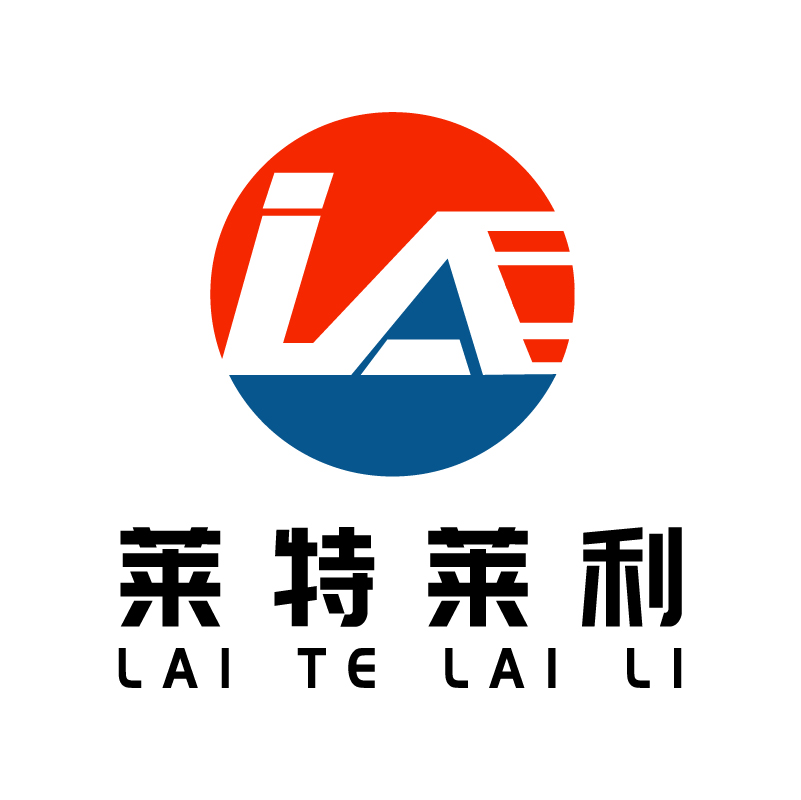How to choose the right size of BOPP thermal synthetic paper?
When selecting the right BOPP thermal synthetic paper specification, several factors need to be considered to ensure that it meets the specific application needs. Here are some key considerations and selection steps:
First, clear application scenarios and requirements
1.Use environment: Know what kind of environment BOPP thermal synthetic paper will be used in, such as indoor, outdoor, wet or dry conditions.
2.Print content: Consider the type and size of text, images, or barcodes that need to be printed, and whether they need to be stored for a long time or subjected to harsh environments.
3.Printer compatibility: Ensure that the selected specifications are compatible with existing thermal printers.
Second,Focus on key specification parameters
1.Width:
Common width specifications include 54mm, 50mm, 44mm, 40mm, 35mm, 30mm, etc., and wider ones such as 57mm, 80mm, 110mm, etc.
When selecting the width, it should be determined according to the actual width of the content to be printed and the width of the printer's paper feed.
The label paper with a width within 58mm is suitable for 2 inch, 3 inch, 4 inch label printers, which are mostly used in milk tea shops, supermarket retail and other occasions.
The label paper with a width of 58-80mm is suitable for 3-inch and 4-inch label printers, which are mostly used for clothing tags, product recipes, etc.
The label paper with a width of 80-108mm is suitable for large logistics and other occasions that require larger labels.
2.Length:
The length is generally measured in meters (m) or feet (ft), and the specific length can be selected according to actual needs.
It should be noted that the measured length should be close to the nominal length to ensure the printing effect and the utilization of consumables.
3.Thickness:
Thickness is an important indicator, usually expressed in millimeters (mm).
Thinner thermal paper may be more transparent, but the risk of printer paper jams increases accordingly; If the thickness is too large, the printer may jam paper or affect the printing effect.
Therefore, when choosing the thickness, it should be balanced according to the actual printing needs and printer performance.
4.Other features:
For example, water resistance, oil resistance, and chemical corrosion resistance. Determine whether these features are required based on the specific application scenario.
Third,Refer to industry standards and recommendations
You can refer to relevant industry standards and recommended specifications to ensure that the selected BOPP thermal synthetic paper meets industry requirements and usage habits.
Fourth,Consider cost-effectiveness
Under the premise of meeting the demand, comprehensive consideration of cost effectiveness, choose cost-effective BOPP thermal synthetic paper specifications.
Fifth,Choose reliable suppliers
Choose suppliers with good reputation and stable product quality to ensure the quality and after-sales service of BOPP thermal synthetic paper purchased.
In summary, the selection of the appropriate BOPP thermal synthetic paper specifications requires comprehensive consideration of application scenarios, key specification parameters, industry standards and cost effectiveness. By carefully evaluating and comparing products of different specifications, you can choose the BOPP thermal synthetic paper that best suits your needs.


